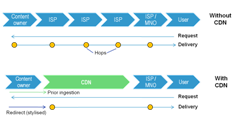
Will AT&T shed copper, fibre-up, or buy more content – and what are the lessons?
AT&T’s residential fixed operation is underperforming as faster cable connections take over. It would probably like to trim its footprint or get out, and invest in fibre and its content business model. Is that really an option, and what are the lessons for other telcos?



